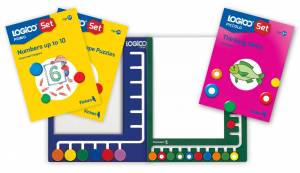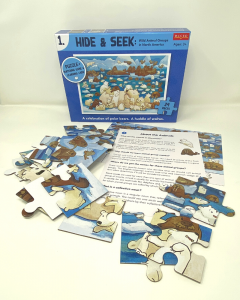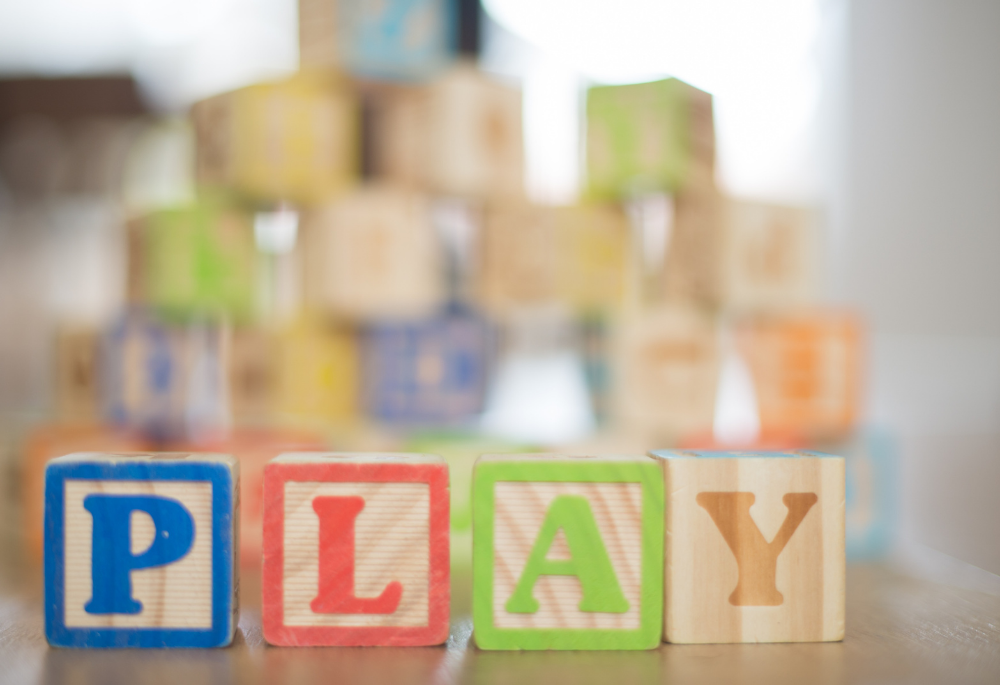Pop quiz: What is more fun, studying vocabulary or playing a game? How about learning addition or playing a game? Memorizing historical dates or playing a game? Odds are you answered playing a game each time.
Playing is an integral part of childhood development. You play games in the car to pass the time on a long drive. You go to the park and play with friends. You sit around the dinner table playing Scrabble or Go Fish or Monopoly. At least… you do until it’s time for homework.
Wait a second! Who says you can’t play and learn at the same time? If you’ve tried learning a language on Duolingo, you know how inspiring those little achievements and badges can be. Just complete one more level, and… hey! You’re learning Spanish!

This is actually an example of gamification. Sebastian Deterding et al. define gamification as “the application of game-design elements and game principles in non-game contexts.” Game-design elements include points, badges, and leaderboards. You see points everywhere: in a hockey game, in video games, in fun apps you play when you’re bored… Having that point system helps you determine a winner—even if it’s just you beating your old record. Either way, it feels good.
Badges also give you a sense of achievement. Jumped over 100 obstacles in an online game? Served 25 hamburgers in Papa’s Burgeria? Had perfect attendance at school? Spent 1000 hours training in Taekwon-Do and did your test? There’s a badge (or a sticker or gold star or black belt) for that. Marking accomplishments, no matter how small, is incredibly motivating. It shows you how much you’ve progressed and lets you focus on smaller, more realistic goals, rather than tackling enormous objectives and getting demoralized.
Leaderboards are where friendly competition comes into play (excuse the pun). Who wouldn’t want to be the top scorer and beat all their friends at a new game? Whether it’s grades, sports, workplace competition, or games, seeing your name next to that 1st place ribbon makes you proud.
 Okay, at this point you may be wondering what all this has to do with us, a publishing company. We’re here to remind you that education can be gamified! Many learning platforms use badges and point systems to encourage young learners to make progress and keep trying. Coding games for kids are popular at Best Buy these days. They inspire young minds to pursue STEM careers. What else might educational games stir kids to do?
Okay, at this point you may be wondering what all this has to do with us, a publishing company. We’re here to remind you that education can be gamified! Many learning platforms use badges and point systems to encourage young learners to make progress and keep trying. Coding games for kids are popular at Best Buy these days. They inspire young minds to pursue STEM careers. What else might educational games stir kids to do?
Sometimes, gamification simply means using a game format that incorporates educational information. LOGICO the Learning Game, for example, combines education and play with its handheld game board and colourful activity cards. Each card focuses on a different skill like pattern recognition, numeracy, natural sciences, critical thinking, and the list goes on. The best part is that kids don’t realize they’re basically doing homework. It’s too much fun to move those knobs and make inferences and match images and see you’ve got all the right answers!
Another example is our Best Reading Phonics set, which includes 20 little books and a pile of activities that promote letter recognition, phonetic learning, and writing skills. This ensemble ensures kids progress within a positive learning environment and grow from their mistakes. Or, try it online at https://www.onestoryaday.ca/ where we have tons of fun programs for all levels!
 Finally, new in 2023 are our Hide and Seek puzzles! The gorgeous illustrations by Erin Mercer in Hide and Seek: Wild Animal Groups in North America have come to life in four children’s puzzles – 24 pieces, 48 pieces, 96 pieces, and a whopping 200 pieces. In each box, there is also a learning card and a matching game to ensure kids are discovering something new about the animals in the puzzles.
Finally, new in 2023 are our Hide and Seek puzzles! The gorgeous illustrations by Erin Mercer in Hide and Seek: Wild Animal Groups in North America have come to life in four children’s puzzles – 24 pieces, 48 pieces, 96 pieces, and a whopping 200 pieces. In each box, there is also a learning card and a matching game to ensure kids are discovering something new about the animals in the puzzles.
The takeaway from all this is that homework and studying can be so much more than a chore. For kids of all ages, there are ways to transform learning from tedious to terrific! Children deserve the resources and the environment they need to LOVE learning as much as we do. After all, who doesn’t like games?
Source: Deterding, Sebastian, et al. “Gamification: Using Game Design Elements in Non-Gaming Contexts.” Proceedings of the 2011 Annual Conference Extended Abstracts on Human Factors in Computing Systems, 2011.

